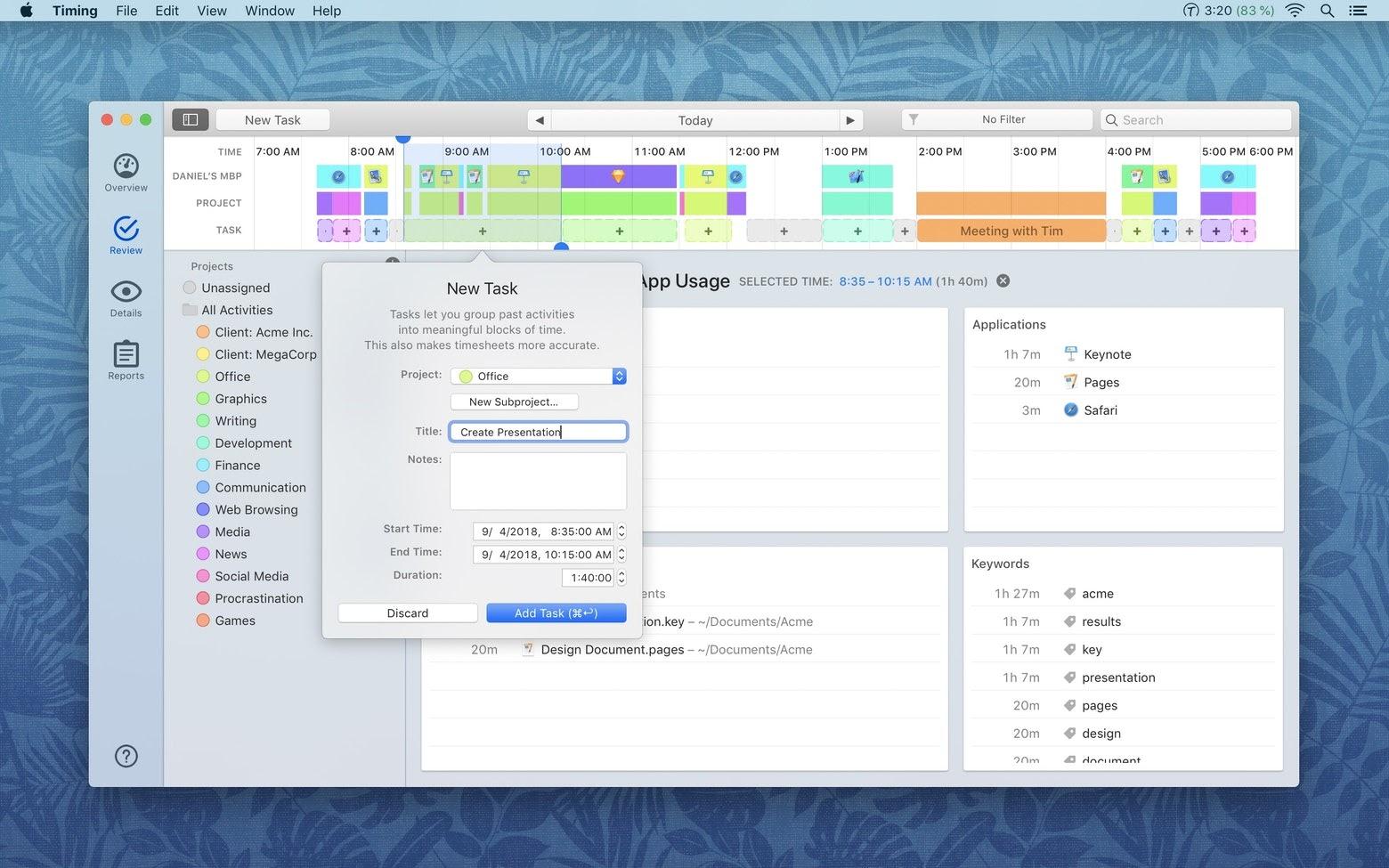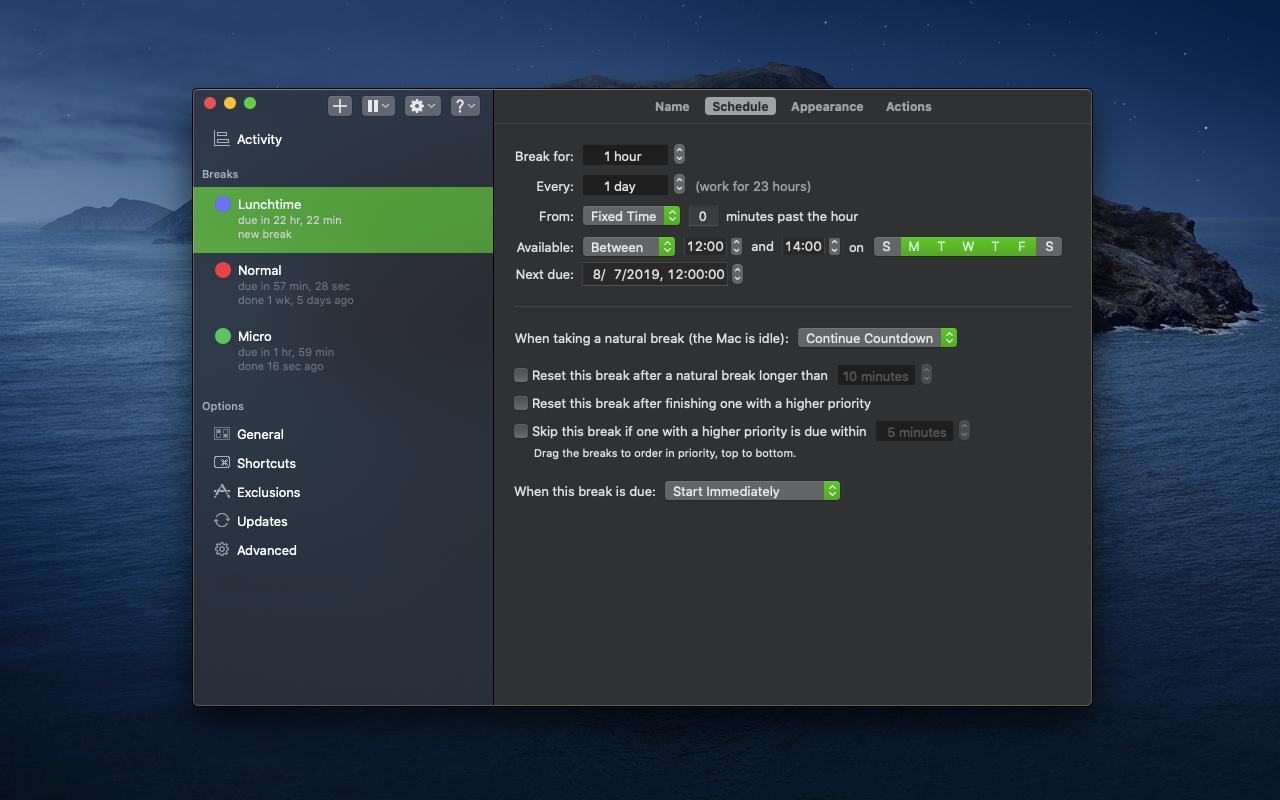Time management in a team: 5 actionable tips to tracking and optimizing your team's time
Why is time management important in a team?
Because it helps to detect the bottlenecks that prevent a team from becoming a team of A-Players. Such teams know what tasks they spend most of their time doing, can quickly detect unoptimized working processes, and avoid micromanagement.
Below, we'll share some actionable tips to mastering time management in a team.
1. Use team time management apps
– To track or not to track? That is the question.
This is Shakespeare's dilemma with a new twist. In fact, around 38% of American companies still use outdated systems like paper spreadsheets and time cards to track their employees' time.
By avoiding to use team time management software, companies do more harm than good. As a result, an average employee:
works unpaid overtime up to 5 hours every week
loses up to 40% of their productivity because of being unable to allocate resources
wastes their time on meetings and communication that result in low ROI
Before you say "But time trackers are like Big Brothers that watch employees", let us step in.
Time trackers aren't designed simply for "babysitting" to make sure your employees are busy doing their tasks. These apps indeed track your employees' activity, but they also analyze their time spent on certain tasks and help you manage your team's collective time. As a result, time trackers help employees find the bottlenecks that don't let them utilize their working time to the fullest.
Wondering how to do effective time management in a team with one app? Take a look at the Timingapp from Setapp for Teams collection. This app gives a helicopter view on the employee's performance:
Total time spent on doing tasks
Most active weekdays and hours
Most productive weekdays and hours
Time spent per project and a particular task
Applications that are mostly used
… and more

You can gather the data on activity from any period of time and quickly export it to PDF reports or view the data straight from neat dashboards.
2. Create "No meeting" days
Abundant meetings are one of the biggest team time management dysfunctions. Let's admit it: even though they require preparation, clear agendas, and the right amount of people present in the room, we all regularly ignore those rules.
At Basecamp, their approach to meetings is crystal clear: no meetings at all. Basecamp founders, Jason Fried and David Heinemeier Hansson believe that meetings are toxic, they disrupt a natural working flow and convey little valuable information.
When at Basecamp, there's a meeting the team follows a strict 30-minute meeting rule. The team sets a timer and when it beeps, everybody leaves a meeting.
Surely, for some companies staying meeting-free is too extraordinary. Leslie P. Harlow describes an example of a pharmaceutical company that implemented Enhanced Productivity Days (EPD) as a solution for stress from 9 to 5 working days, overtime, and working at home during weekends. During EPDs, the following things were banned: interruptions, meetings, and impromptu communication with colleagues. The employees also started to work from home, thus, saving their time commuting to work.
As a result, team members completely rethought their approach to meetings and time management, making their meetings shorter and more meaningful than before.
3. Allocate resources
At a first glance, multitasking seems like a good idea. Why do one task a time if you could do both? In reality, we switch back and forth between chunks of work and end up with unfinished tasks.
Moreover, multitasking lowers creativity because a brain doesn't focus on a single task and increases the stress level because we don't see the result of our work.
That's when prioritizing comes into play.
There are several factors to consider when prioritizing a task:
Deadline
Importance of the task to other stakeholders
Estimated time to perform the task
Consequences of not completing the task
Possible risks and bottlenecks
If you're looking for a team time management app that'll help your employees allocate their resources, prioritize tasks, and track their progress, check a Be Focused app from Setapp store.
This app is designed to boost personal and team's productivity with a set of useful features like a to-do list, timer for focusing on the actual tasks, and a progress tracker.
With Be Focused, it's easy to break a big chunk of work into small meaningful tasks, set their priority, and fulfill them gradually. A timer will help stay focused and take breaks between the tasks to keep productivity on a high level.
4. Create special working days
While a 9 to 5 schedule can bring predictability and work-life balance to your employees' routine, it can also decrease overall productivity and creativity. That's why some companies go off the beaten track to boost a team's efficiency.
For example, Google popularized a "20% Project" concept that implies that employees are free to use 20% of their working time on their pet projects. MacPaw followed this approach and created xDays on Fridays. On xDays, employees can spend their time on tasks for personal and professional growth.
A Canadian company DialogTech kills two birds with one stone by bringing in bowling happy hours and outdoor meetings that not just increase creativity and productivity, but also help teammates bond with each other and feel happier at work.
5. Pace your workload
Working at the weekends, regular long hours, no breaks, and cultivating a 24/7 culture can be effective in the short term when your team needs to achieve a goal quickly. But after working hard, it's important to play hard to prevent burnouts, boost a team's morale, and keep a consistent workload.
How to stop this madness? Some companies have been coping with this challenge successfully by switching to a 4-day working week. For example, Microsoft Japan tried a 4-day working week that showed a significant 40% increase in productivity. For Asian working culture, it's a dramatic shift and it turned out to be a success.
Taking care of an employee's personal working balance is also important. With apps that signal about a break or time to switch between tasks, making sure your employees balance their workday is easy.
On Setapp, there's a Time Out app that helps all busy bees out there make breaks between work, and track their activity. The app can be easily configured, so you can take micro 15-second breaks or full-fledged 10-minute breaks between the tasks.
The app helps your team mates stay healthier, warm up between the tasks, and achieve consistency in work.

If you're as crazy about team time management just like us, check out apps in our Setapp collection. We've gathered a curated list of Mac applications to boost your team's productivity, enhance creativity, and streamline programming and design tasks.






